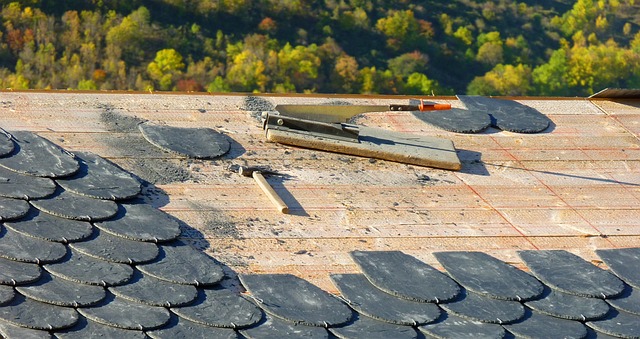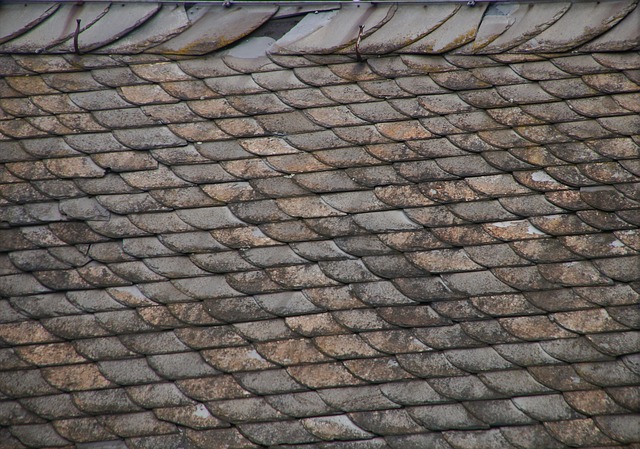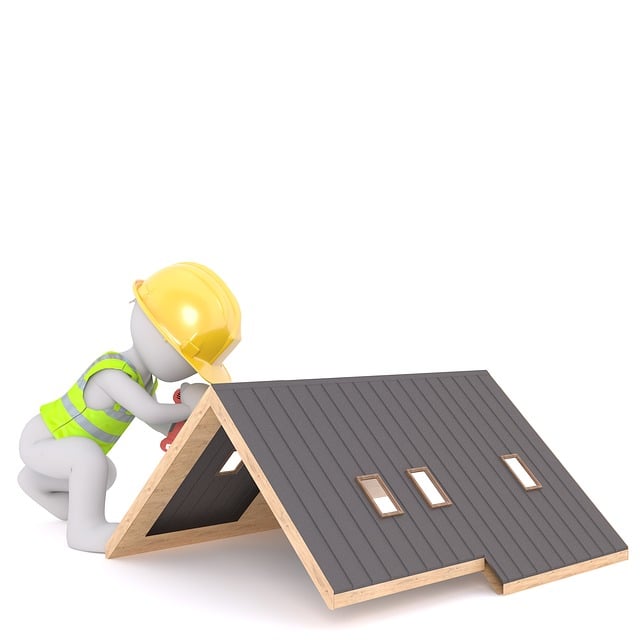1. Roofer safety protocols are critical in railway settings due to the inherent dangers of working at height on moving trains. Specialized training for roofers includes understanding train dynamics, identifying risks, and using train-specific PPE like fall arrest systems designed for metallic surfaces.
2. Effective risk assessments and method statements are mandatory, considering factors such as weather, train speed, and proximity to live tracks and electrical components. These must be continuously reviewed and updated to align with operational changes and safety standards.
3. Roofers' PPE is extensive, including safety harnesses with secure anchorage points, fall arrest systems, head protection, respiratory protective equipment, and protective eyewear to ensure their safety amidst the hazards of train roofing.
4. The adherence to these protocols ensures not only the safety of roofers but also maintains the structural integrity of trains and the efficiency of rail network operations.
5. Roofer specialists undergo specialized training and certification to navigate the unique challenges of train roof maintenance, including moving trains, varying gradients, and exposure to elements. This ensures they can perform their duties with confidence and safety, upholding both their own well-being and the reliability of train operations.
6. The importance of professional preparedness in high-risk environments like train roofs is underscored, highlighting the need for continuous training, risk management, and adherence to safety protocols to execute maintenance safely and effectively.
title: Elevating Standards: Advanced Safety Protocols for Roofers Working at Heights on Trains
In the specialized field of railway maintenance, roofers play a pivotal role in ensuring the integrity and safety of train carriages. This article delves into the critical aspect of safety protocols that govern roofer operations when working at heights on moving trains. It outlines the essential use of Personal Protective Equipment (PPE), assesses risk, and emphasizes training and certification as cornerstones of safe practices. We explore best practices for maintaining stability and balance, the necessity of rigid anchor points, and the importance of clear communication protocols. Additionally, the article highlights the significance of regular equipment inspections, incident response planning, adherence to OSHA standards, and innovative technological advancements that enhance safety in train roofing projects. Through case studies and a comprehensive overview of current and future safety measures, this article aims to provide a robust framework for ensuring the safety and efficiency of roofer operations at height on trains.
- Understanding Safety Protocols for Roofers Working at Heights on Trains
- The Role of Personal Protective Equipment (PPE) in Train Roofing Projects
- Assessing the Risk: Identifying Potential Hazards in Train Roofing Operations
- Training and Certification for Safe Train Roofing Practices
Understanding Safety Protocols for Roofers Working at Heights on Trains

Roofers working at heights on trains must adhere to a robust set of safety protocols that differ from traditional roofing tasks due to the unique environment and risks associated with rail transportation. These protocols are critical in ensuring the safety and well-being of individuals who perform maintenance, repair, or installation work at elevated positions on moving or stationary trains. The first aspect of these protocols involves comprehensive training tailored to the specific challenges of working on trains, which includes understanding the dynamics of train movement, recognizing potential hazards, and mastering the use of specialized equipment designed for such environments. Personal protective equipment (PPE), such as safety harnesses, helmets, and non-slip footwear, is essential to mitigate falls and prevent injuries. Moreover, roofers must be proficient in the correct handling and deployment of fall arrest systems that are compatible with train structures, which often include metallic surfaces that necessitate specific anchorage considerations. The second element of these safety protocols encompasses rigorous risk assessments and method statements that account for variables like weather conditions, train speed, and the proximity to live tracks and electrified components. These assessments are dynamic, as they must be regularly reviewed and updated to reflect changes in operational procedures or new safety guidelines. Effective communication between team members, supervisors, and train operators is paramount to ensure that all parties are aware of each other’s positions and actions, thereby reducing the risk of accidents. Adhering to these protocols not only protects the roofers but also safeguards the integrity of the trains and the operations of the rail network as a whole.
The Role of Personal Protective Equipment (PPE) in Train Roofing Projects

When undertaking train roofing projects, the integration of Personal Protective Equipment (PPE) is paramount to ensuring the safety of roofer professionals who work at significant heights. These individuals are tasked with the critical responsibility of repairing or installing the structural elements of trains that are exposed to the elements, a job that presents unique risks and challenges. The PPE for roofers in this context must be comprehensive, as it shields them from potential falls, electrocution, and other occupational hazards associated with working at heights on moving vehicles.
The selection of PPE for train roofing projects is tailored to the specific environment and tasks at hand. Roofers are equipped with safety harnesses attached to robust anchorage points, ensuring they remain securely tethered during their work. Fall arrest systems, which include full-body harnesses and shock-absorbing lanyards, are designed to halt a fall and minimize the impact on the roofer. Additionally, head protection, such as hard hats, is crucial to guard against injuries from falling objects or contact with train components. Safety helmets with integrated fall arrest capabilities further enhance the safety protocols by offering an additional layer of protection. Respiratory protective equipment and protective eyewear are also essential to protect against dust and debris. Furthermore, roofers must be trained in the proper use and maintenance of this specialized PPE to maximize its effectiveness and ensure compliance with occupational safety standards. This comprehensive approach to PPE in train roofing projects underscores the commitment to safeguarding the lives of those who work at heights, thereby upholding the integrity and functionality of the trains themselves.
Assessing the Risk: Identifying Potential Hazards in Train Roofing Operations

When undertaking train roofing operations, assessing risk is paramount to ensure the safety of roofer personnel. These workers face unique challenges due to the complex environment and potential hazards associated with working at heights on moving trains. A thorough risk assessment begins with identifying all possible environmental factors that could impact the safety of the operation. This includes evaluating the train’s speed, alignment, and the stability of the structure during transit. Roofer professionals must also consider the condition of the train’s roof, including any corrosion or structural weaknesses that could pose a threat. Additionally, weather conditions, such as high winds or extreme temperatures, can significantly affect the safety of the work environment. Proper planning and the implementation of stringent safety protocols are essential to mitigate these risks. This involves selecting appropriate personal protective equipment, securing the work area, and utilizing fall protection systems that are specifically designed for use in the railway context. By carefully analyzing each aspect of the work at height, roofers can effectively implement safety measures to safeguard their well-being and ensure the integrity of the train’s maintenance or repair tasks. Regular training and adherence to industry best practices further enhance the roofer’s ability to navigate these complex situations safely and efficiently.
Training and Certification for Safe Train Roofing Practices

Professionals tasked with train roofing must undergo specialized training and certification to ensure safety protocols are effectively applied at heights. These individuals, commonly referred to as roofer specialists in this context, are trained to navigate the complex environment of train roofs, which present unique challenges such as moving trains, varying gradients, and exposed positions. The training encompasses comprehensive instruction on the use of personal protective equipment (PPE), fall arrest systems, and specialized tools required for the job. It also covers the recognition and mitigation of potential risks associated with working at height on train roofs, including adverse weather conditions, dynamic movement of trains, and the structural integrity of the roof itself. Upon successful completion of these training programs, roofer specialists are certified, enabling them to work confidently and securely at heights, adhering to stringent safety standards that prioritize their well-being and the integrity of the infrastructure they maintain. This certification is not only crucial for individual safety but also for upholding the reliability and safety of train operations as a whole.
In conclusion, maintaining a robust safety protocol is paramount when roofers operate at heights on trains. This article has outlined the critical elements of these protocols, emphasizing the indispensable role of personal protective equipment, the necessity for thorough risk assessment, and the importance of specialized training and certification for roofer personnel engaged in such tasks. By adhering to these guidelines, safety can be maximized, ensuring that roofers can effectively perform their duties without compromising their well-being or the integrity of the train infrastructure. It is through diligent application of best practices and continuous learning that we can mitigate risks and uphold high standards of safety in the demanding environment of train rooftops.



